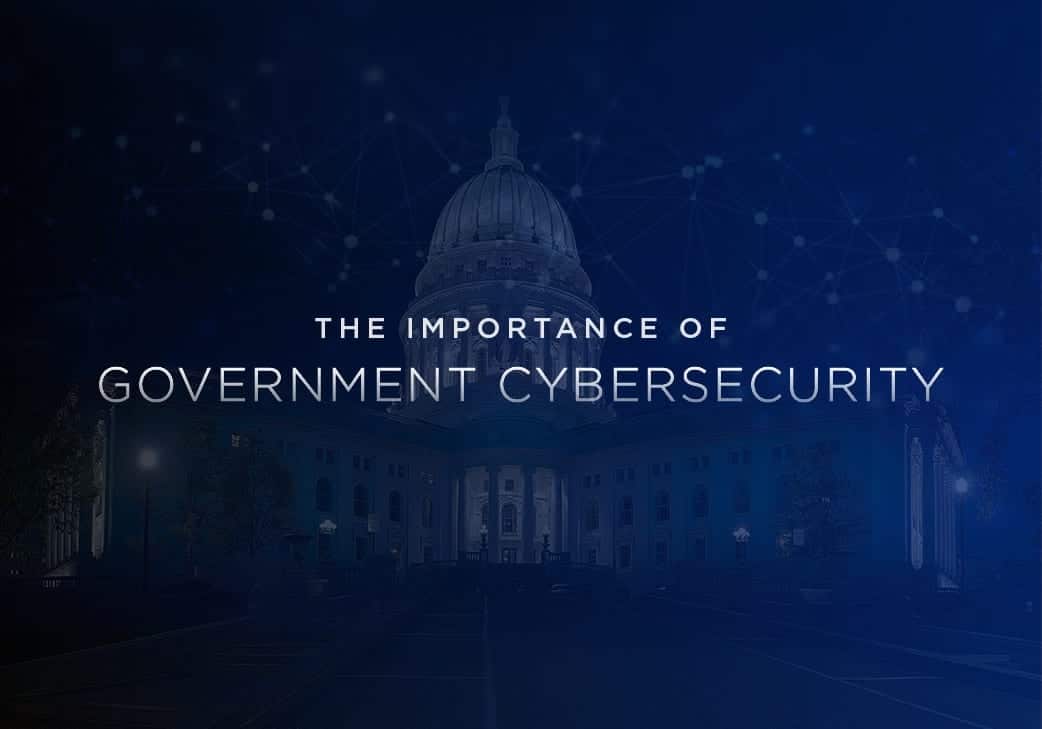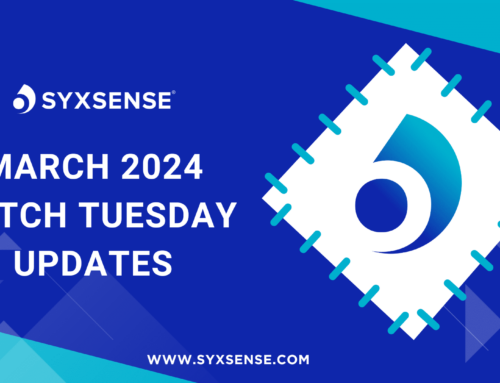
Why Government Cybersecurity Matters More than Ever
Cyber Threats are Rapidly Increasing
There is no segment of the private or public sector that can consider itself immune to cybersecurity risks, and the latter may be more vulnerable than the former. The World Economic Forum considers large-scale data breaches and cyberattacks two of the top five risks facing modern society, characterizing them as more likely — and more dangerous — than oil spills, water crises and various other man-made disasters.
With the broad range and high level of havoc modern cyberattacks are capable of wreaking, it’s more important now than ever for government agencies, particularly those at the state, county and municipal level, to solidify their endpoint security and patch management measures now. Agile and comprehensive cybersecurity solutions from Syxsense can foster the secure environment you need.
Gravity of the Situation
Consider just how vulnerable so many government departments really are. NextGov noted that proliferation of conspicuously insecure open-source software components throughout many agencies at the federal level has been widespread. In fact, many agencies probably don’t have a full and accurate inventory of every application they run.
Although it’s hardly out of the question to suggest that some states and cities might actually be better-protected from cyberthreats than the average federal agency, it also stands to reason that the majority of smaller governments are equipped as poorly — or worse — than the feds.
A Security.org assessment of FBI cyberattack records and other related data for the past several years identified the 10 most vulnerable states for maliciously executed data breaches and other cyberattacks: Hawaii, Pennsylvania, Nevada, Florida, Wisconsin, Arizona, New Jersey, Alaska, Colorado and Tennessee. All of these state governments (with a few exceptions) spend relatively little on cybersecurity and have notably vulnerable election procedures.
Aside from perhaps the biggest cities, it’s reasonable to surmise that if numerous states are extremely at risk for cyberthreats, most county and municipal governments likely are as well.
Key Threats to Monitor
Certain risks should be at the top of government officials’ list of threats to look out for (and enact comprehensive protective measures against):
- Ransomware: According to the National Law Review, ransomware attackers relish every opportunity to cause trouble for state and local governments. In one major example, 23 separate towns in Texas were stricken with ransomware. Other states hit in recent years include Maryland, Georgia, Louisiana, Indiana and Florida.
- Phishing: Think this type of cyberattack has fallen out of favor? Think again. BuiltIn pointed out that malicious actors have brought phishing back – and are using it as a phone- and SMS-based attack vector as well as deploying its traditional fraudulent-email format.
- Third-party vulnerabilities: It’s impossible to deny that the cloud and the internet of things have been anything less than revolutionary in many ways. At the same time, the openness and interconnectedness they foster leads to equally undeniable security risks if considerable precautions are not taken by all organizations using such platforms.
- Internal breaches/sabotage: More than 50% of respondents to a survey by Crowd Research Partners said they’d experienced at least one breach for which an employee was to blame. Whether by malice or negligence, it’s equally devastating when your own people bring cyberthreats upon you, and there’s no reason to think governments are any less at risk for this than private-sector organizations.
- Election interference: Considerable evidence suggests that foreign governments aim to disrupt American elections to advance their own interests. Is it worth taking the chance that such agents will continue as low-key, psyops-style incursions and not become more overt malware attacks? This issue must be a priority for American governments at all levels.
Addressing and Managing Risk
Regardless of whether your agency has borne the brunt of a cyberattack or not, the specter of such an incident is too big a threat to ignore.
Running thorough risk analysis and penetration testing is a good place to start. From there you can begin patching any flaws you find.
Establish appropriate countermeasures including encryption, multi-factor authentication and application whitelisting/blacklisting, train staff regarding warning signs they should be vigilant for and establish an incident response plan that includes worst-case contingencies: cyberattack insurance, indemnification clauses with third-party vendors, data backups and business continuity.
Manage and Secure Your Environment
Platforms from Syxsense allow you to appropriately cover all of your endpoint security bases, whether you run Windows, Mac or Linux:
- Syxsense Manage provides your government department with unparalleled visibility into every directly connected and IoT endpoint. Patches are automatically applied as needed throughout the entire IT infrastructure. Reporting, device inventory, end user access and endpoint security onboarding and training for new employees are all a breeze.
- Syxsense Secure offers all of those functions and more at a greater scale that is ideal for larger institutions.
- Both programs are also available alongside comprehensive managed services plans that provide agencies with ongoing oversight from Syxsense, meticulously designed solutions for specific needs, direct patching, vulnerability testing and numerous other services from our expert team.
Find peace of mind for your government offices today by trusting your Syxsense. Contact us to learn more or set up a free trial.







